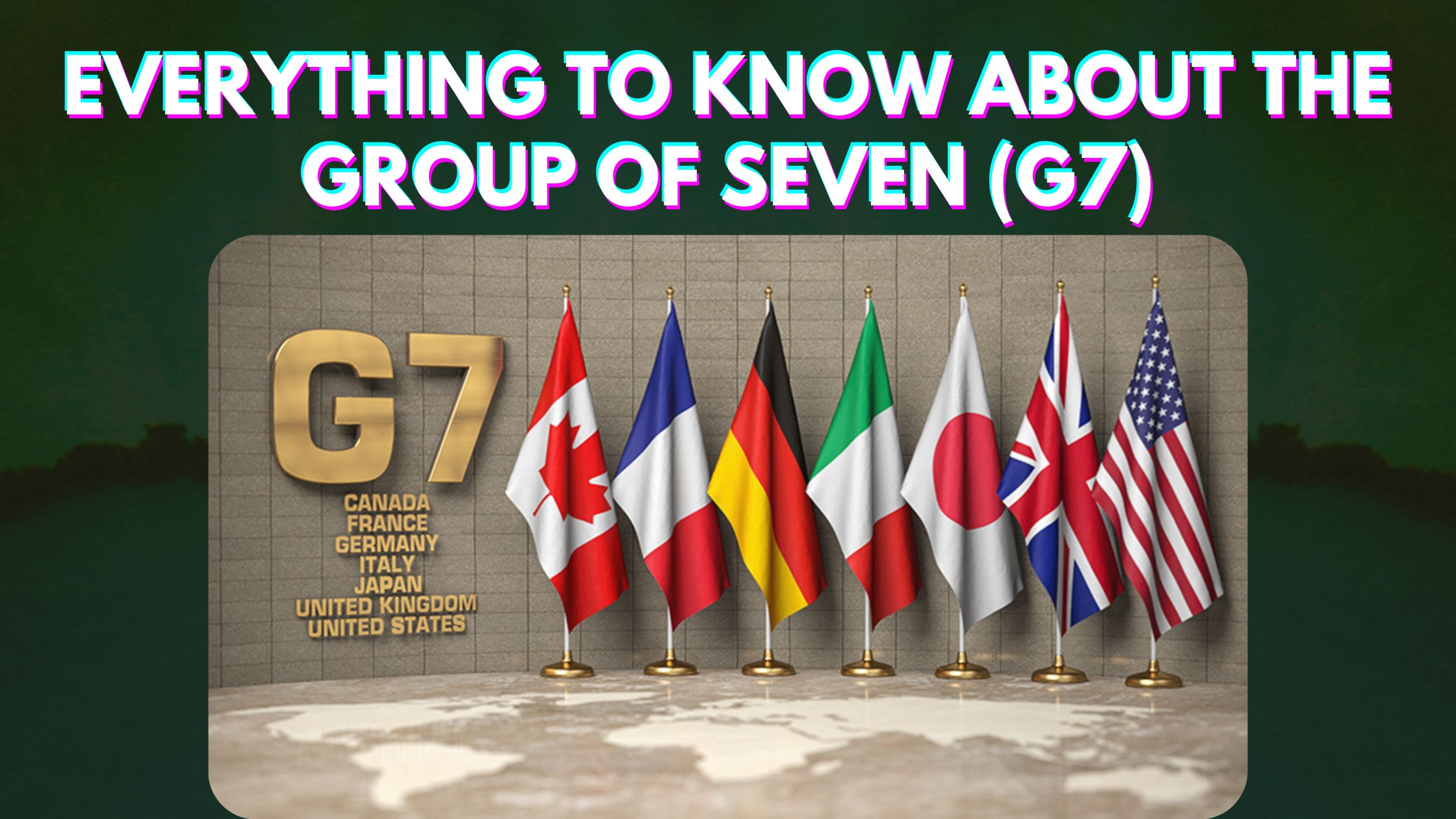Trends
Everything to Know about the Group of Seven (G7)
Here is everything to know about the Group of Seven (G7) ranging from its history, activities, and controversy.

The Group of Seven (G7) is an inter-governmental political forum consisting of Canada, France, Germany, Italy, Japan, the United Kingdom, the United States, and the European Union as a “non-enumerated member”. These countries are the world’s largest IMF advanced economies and are officially organized around shared values of pluralism and representative government. As of 2020, they account for over 50 percent of global net wealth, 32 to 46 percent of global gross domestic product, and approximately 10 percent of the world’s population. Here is everything to know about the Group of Seven (G7) ranging from its history, activities, and controversy.
Read More:
- Everything To Know About NATO
- List of countries supporting Russia’s invasion of Ukraine
- 50 Interesting Facts About the United States of America
History of the Group of Seven (G7)
On 25 March 1973, the U.S. Secretary of the Treasury, George Shultz, convened an informal gathering of finance ministers from West Germany, France, and the United Kingdom before an upcoming meeting in the United States. President Richard Nixon offered the White House as a venue, and the meeting was subsequently held in its library on the ground floor; the original group of four consequently became known as the “Library Group”.
In mid-1973, Shultz proposed the addition of Japan, which all members accepted. The informal gathering of senior financial officials from the U.S., U.K., West Germany, Japan, and France became known as the “Group of Five”. In 1975, France hosted a three-day summit in inviting the Group of Five plus Italy, forming the “Group of Six” (G6).
The meeting focused on several major economic issues, including the oil crisis, the collapse of the Bretton Woods system, and the ongoing global recession. The members also established plans for future gatherings to take place regularly every year.
Following the resignation of the then British Prime Minister in 1976, Harold Wilson, Shultz, and the German representative advocated for inviting Pierre Trudeau, the then Prime Minister of Canada. The next summit in Puerto Rico later that year became the first of the current Group of Seven (G7).
In 1977, the United Kingdom, which hosted that year’s summit, invited the European Economic Community to join all G7 summits; beginning in 1981, it attended every gathering through the president of the European Commission and the leader of the country holding the presidency of the Council of the European Union.
Activities
The Group of Seven (G7) was founded primarily to facilitate shared macroeconomic initiatives in response to contemporary economic problems; the first gathering was centered around the Nixon shock, the 1970s energy crisis, and the ensuing global recession. The group has met annually since 1975, at summits organized and hosted by whichever country occupies the annually-rotating presidency.
In the 1980s, the G7 began to broaden its areas of concern to include issues of international security, human rights, and global security; for example, during this period, the G7 concerned itself with the ongoing Iran-Iraq War and Soviet occupation of Afghanistan. In the 1990s, it launched a debt-relief program for the 42 heavily indebted poor countries (HIPC) and established the Financial Stability Forum to help in “managing the international monetary system”
At the 1999 summit, the group helped launch the G20, a similar forum made up of the G7 and the next 13 largest economies (including the European Union), in order to “promote dialogue between major industrial and emerging market countries”; the G20 has been touted by some of its members as a replacement for the G7. Having previously announced a plan to cancel 90% of bilateral debt for the HIPC, totaling $100 billion, in 2005 the G7 announced debt reductions of “up to 100%” to be negotiated on a “case by case” basis.
Controversy
Despite the contribution and impact of the Group of Seven (G7) on the Global economy, they are few individuals who have called for the dissolvement of the group. In 2015, about 7,500 protesters led by the group ‘Stop-G7’ demonstrated during the summit. The protesters questioned the legitimacy of the G7 to make decisions that could affect the whole world.
Prior to that, The group had previously suspended Russia from its political forum, which was then known G8, following the annexation of Crimea in 2014. In January 2017, Russia announced it would permanently leave the G8, which came into effect in June 2018.
The group was also involved in a conflict, with the former President of the United States, Donald Trump, who insisted that Russia must be reinstated to the Group of Seven (G7), instigated a trade war with China, increased tensions in Iran, and was allegedly reluctant to attend the group conference in 2019.
